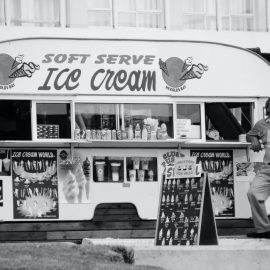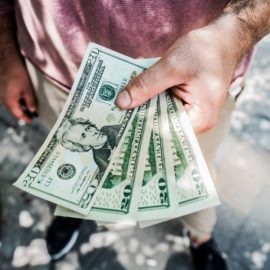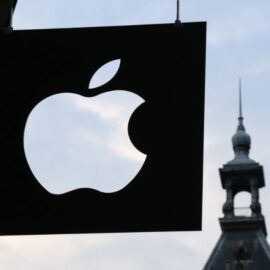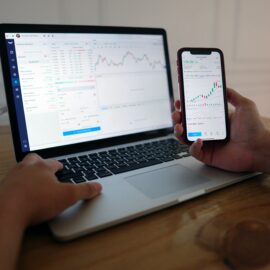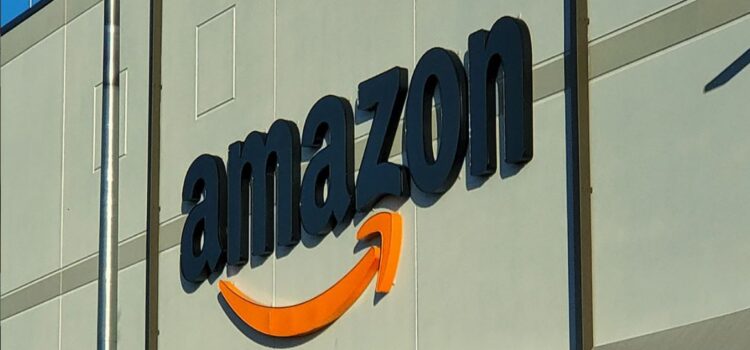
How did Amazon survive its first major downturn? Why does Amazon value its relationship with customers so much?
In Invent and Wander, Jeff Bezos looks back at Amazon 2001’s crisis when share prices dropped dramatically. Yet it was still a learning experience for Bezos, who managed to turn things around for Amazon.
Discover the lessons Bezos took away from Amazon’s share price dropping in 2001.
Bust and Boom of Amazon
During the downturn that was to come, Amazon survived because of its mission to constantly build on its relationship with customers. While acknowledging that the internet bubble was hard on Amazon’s investors in the short term, Bezos explains the positive signs in Amazon’s actual financial numbers, how the company’s business model was better poised for success than those of other online stores, and how pioneering in whole new markets opened up Amazon for even greater successes.
1999 marked the beginning of what would be known as the “dot-com crash,” when most of the internet startups of the ’90s proved to be unprofitable and went out of business. (Shortform note: As technology companies, including Amazon’s competitors, started going bankrupt at the end of the 1990s, it wasn’t venture capitalists who suffered, but everyday investors who weren’t made aware of how badly their tech stocks were overvalued. The recession that followed was exacerbated by the terror attacks on September 11, 2001, but the US economy rebounded with the help of quick action from the Federal Reserve System.)
Amazon shares dropped from $106 in 1999 to $6 in 2001, and though industry experts predicted Amazon’s collapse, Bezos kept his eyes on its actual value, measured by customers, sales, and cash flow. He reassured investors that Amazon was sound by showing that financially it was performing better than ever. Although Amazon consistently lost money during the years it spent ramping up, it ended 2000 with $1 billion in cash and a record-high score on the American Customer Satisfaction Index.
(Shortform note: The American Customer Satisfaction Index (ACSI) that Bezos references in his shareholder letters was created in 1994 as a project at the University of Michigan to track and measure the customer experience of American households relating to a range of industry sectors including retail, health care, utilities, and financial services. Whereas Bezos uses Amazon’s ACSI scores to measure the company’s relationship with its customers, the aggregate ACSI score for all the industries measured in the study serves as an indicator of the general mood of US consumers toward the economy. The average ACSI for the American economy peaked in the 2010s before plummeting sharply during the Covid-19 pandemic.)
The Turnaround
In 2001, Amazon posted its first profitable quarter. Bezos reports that the internet bubble shut down some of its online partners who dealt in a smaller array of merchandise. The lesson learned is that online retail is all about scale—it’s harder for single-product sellers to compete than anyone anticipated. Through trial and persistence, Amazon learned how to enter new markets while keeping costs down, and in contrast to storefront retailers, Amazon’s fixed costs don’t go up as sales increase. This means that the more that Amazon grows, the less financial “friction” it experiences per sale. Unlike its floundering niche-market competitors, Amazon grew until its cost of doing business was relatively low when taken on a per-sale basis.
| Scaling Up for Success Bezos isn’t the only one to recognize the unique cost advantages of scaling upward in the online marketplace. In Blitzscaling, Reid Hoffman and Chris Yeh analyze the common factors of several internet companies—Uber, Facebook, and AirBnB—that succeeded by expanding rapidly and dominating their corner of the market (with Amazon’s corner being online retail). These companies’ business models all rely on having a large number of potential customers, high amounts of revenue in relation to the cost of their services, and efficient use of consumer word-of-mouth to attract new customers. Although rapid online growth can be a winning strategy, as it certainly was for Amazon, Hoffman and Yeh say to watch for warning signs that a company’s growth is outpacing its resources. Those signs include a declining growth rate, decreasing productivity, and increasing administrative costs, all of which Bezos works to avoid at Amazon. |



